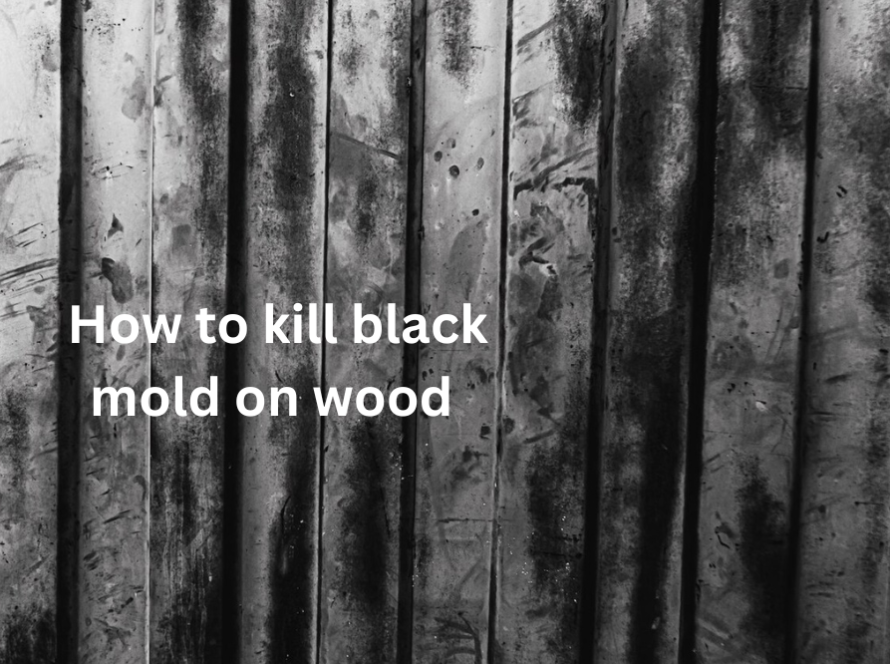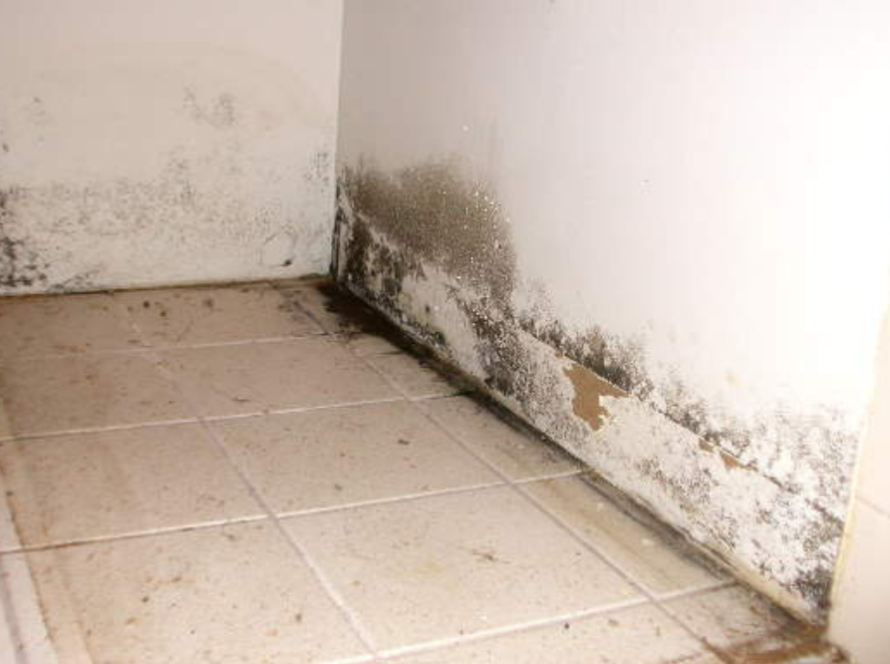Mold and mildew are two common problems that many homeowners and property owners face. While they share some similarities, it’s crucial to understand their differences and how to address them effectively. In this article, we will delve into the world of mold and mildew, exploring their characteristics, health implications, prevention strategies, and more.
I. What is Mold?
Mold is a type of fungus that thrives in damp environments. It can appear as fuzzy patches or discoloration on various surfaces, such as walls, ceilings, and fabrics. Understanding the nature of mold is essential for effective prevention and management.
A. Exploring the Basics Mold, scientifically known as fungi, encompasses a vast array of microorganisms that play significant roles in nature. These organisms thrive in environments with sufficient moisture and organic matter to feed on.
B. Identifying Mold Characteristics Mold exhibits certain characteristics that set it apart from other fungi. It typically appears as multi-colored, fuzzy patches or spots, often accompanied by a musty odor. Mold colonies can spread rapidly if left unaddressed.
C. Environmental Conditions Favoring Mold Growth Mold requires specific conditions to thrive. Warmth, moisture, and a food source, such as organic materials like wood or fabric, create an ideal habitat for mold spores to proliferate.
II. Types of Mold
There are various types of mold, each with its unique characteristics and potential health effects. Familiarizing ourselves with these molds can help in identification and appropriate action.
A. Aspergillus Aspergillus is a common indoor mold that comes in various colors, including green, white, and yellow. It can cause respiratory issues in individuals with weakened immune systems.
B. Penicillium Penicillium is another prevalent mold found in indoor environments. It can appear in shades of blue or green and is often associated with water damage. Some species of Penicillium produce mycotoxins that can be harmful to human health.
C. Stachybotrys chartarum (Black Mold) Black mold, scientifically known as Stachybotrys chartarum, is notorious for its dark black or greenish-black appearance. It thrives in high-moisture areas and can produce mycotoxins, potentially leading to severe health issues.
D. Alternaria Alternaria is a common mold found both indoors and outdoors. It appears as dark brown or black spots and is known to cause allergic reactions, particularly in individuals with mold sensitivity.
III. Mold Prevention
Prevention is the key to managing mold issues effectively. By implementing practical strategies, we can reduce the risk of mold growth and maintain a healthier environment.
A. Importance of Mold Prevention
Proactive mold prevention helps avoid potential health hazards, property damage, and costly remediation efforts. By addressing the underlying causes of mold growth, we can create a safer living or working space.
B. Tips for Preventing Mold Growth
- Controlling Moisture Levels: Keep indoor humidity below 50% and promptly address any water leaks or spills.
- Proper Ventilation: Ensure adequate airflow in rooms, especially in areas prone to moisture buildup like bathrooms and kitchens.
- Regular Cleaning and Maintenance: Regularly clean and inspect areas prone to mold growth, such as bathrooms, basements, and attics.
C. The Role of Humidity Control and Dehumidifiers Maintaining optimal humidity levels is crucial for mold prevention. Using dehumidifiers in damp areas can help reduce excess moisture and inhibit mold growth.
IV. Mold Removal and Remediation
Sometimes, despite our best prevention efforts, mold can still find its way into our homes or buildings. In such cases, it’s essential to address the issue promptly and effectively.
A. Indications for Professional Mold Removal While minor mold problems can often be handled by homeowners, certain situations call for professional intervention. These include extensive mold growth, severe water damage, or the presence of toxic molds like black mold.
B. Steps Involved in Mold Remediation
- Initial Assessment and Identification: A thorough assessment is conducted to determine the extent of the mold issue and identify the type of mold present.
- Containment of Affected Area: To prevent further mold spread, the affected area is isolated using physical barriers and negative air pressure systems.
- Mold Removal Techniques: Depending on the surface and severity, various methods such as scrubbing, HEPA vacuuming, and dry ice blasting may be employed.
- Cleaning and Disinfection: After mold removal, the area is thoroughly cleaned and disinfected to eliminate any remaining mold spores.
- Prevention of Future Mold Growth: Proper ventilation, moisture control, and periodic inspections are recommended to prevent mold recurrence.
V. Health Risks Associated with Mold Exposure
Exposure to mold can pose significant health risks, particularly for individuals with respiratory conditions or compromised immune systems.
A. Overview of Health Issues Caused by Mold Exposure Mold exposure can lead to a range of health problems, from mild allergic reactions to more severe respiratory issues. Understanding these risks can help prioritize mold management efforts.
B. Allergic Reactions and Respiratory Problems Many individuals experience allergic reactions when exposed to mold spores. Common symptoms include sneezing, coughing, itchy eyes, and skin irritation. Individuals with asthma or allergies may experience worsened symptoms in mold-infested environments.
C. Potential Long-Term Health Effects Prolonged exposure to certain molds, especially toxic molds like Stachybotrys chartarum, has been linked to more severe health conditions. These may include respiratory infections, chronic sinusitis, or even neurological symptoms in extreme cases.
VI. Mildew: Understanding the Difference
While often used interchangeably, mold and mildew are two distinct issues. Differentiating between them is essential for accurate identification and appropriate treatment.
A. Definition of Mildew and Its Characteristics Mildew is a specific type of mold that commonly appears as a thin, powdery layer on surfaces. It tends to be white or grayish-white in color and can have a distinctive musty smell.
B. Key Differences Between Mold and Mildew Although mold and mildew share some similarities, they differ in terms of appearance, texture, and the surfaces they typically grow on. Understanding these distinctions aids in targeted prevention and treatment.
C. Environmental Conditions Favoring Mildew Growth Mildew thrives in warm and humid environments, making it particularly common in areas with inadequate ventilation, high moisture levels, or damp fabrics.
VII. Mildew Prevention and Treatment
Preventing mildew growth and effectively addressing existing mildew issues requires targeted strategies and diligent maintenance.
A. Tips for Preventing Mildew in Various Settings
- Bathrooms: Proper ventilation, regular cleaning, and promptly drying surfaces after use can help prevent mildew growth in bathrooms.
- Fabrics: Store fabrics in dry, well-ventilated areas, and promptly address any signs of moisture or mildew.
- Other Areas: Ensure adequate airflow and reduce humidity in spaces prone to mildew, such as basements or laundry rooms.
B. Cleaning and Removing Mildew Stains When mildew does appear, swift action is necessary to prevent further growth and staining. Various mildew-specific cleaners and natural remedies can effectively remove mildew stains from surfaces.
C. The Role of Ventilation and Sunlight in Mildew Prevention Proper ventilation and exposure to sunlight can help inhibit mildew growth. Opening windows, using exhaust fans, and allowing sunlight into rooms can significantly reduce the risk of mildew formation.
VIII. Mold and Mildew in Different Environments
Mold and mildew can pose challenges in various settings, from residential spaces to commercial buildings and outdoor environments.
A. Mold and Mildew in Residential Settings
- Homes: Identifying and addressing mold and mildew issues is crucial for maintaining a healthy living environment.
- Rental Properties: Both tenants and landlords have responsibilities in preventing and managing mold and mildew problems.
B. Mold and Mildew in Commercial Buildings Commercial buildings, such as offices, hotels, and retail spaces, can also be susceptible to mold and mildew growth. Regular inspections, proper maintenance, and timely remediation are essential.
C. Outdoor Mold and Mildew Issues Mold and mildew can also affect outdoor areas, such as decks, patios, and garden furniture. Understanding preventive measures and appropriate cleaning techniques can help keep these spaces mold-free.
IX. Conclusion
In conclusion, mold and mildew are common issues that require attention and proactive management. By understanding their differences, implementing preventive measures, and taking swift action when necessary, we can create healthier and safer environments for ourselves and others. Remember, prompt identification and professional assistance should be sought in severe cases or when toxic molds are suspected.




